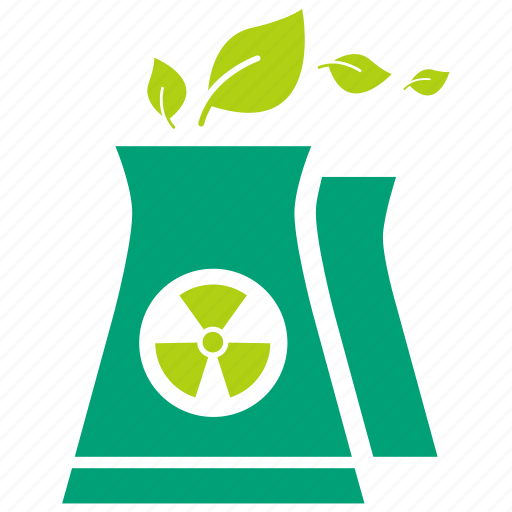The world’s first nuclear-powered battery — a diamond with an embedded radioactive isotope — could power small devices for thousands of years, according to scientists at the UK’s University of Bristol.
The diamond battery harvests fast-moving electrons excited by radiation, similar to how solar power uses photovoltaic cells to convert photons into electricity, the scientists said.
Scientists from the same university first demonstrated a prototype diamond battery — which used nickel-63 as the radioactive source — in 2017. In the new project, the team developed a battery made of carbon-14 radioactive isotopes embedded in manufactured diamonds. The researchers chose carbon-14 as the source material because it emits short-range radiation, which is quickly absorbed by any solid material — meaning there are no concerns about harm from the radiation. Although carbon-14 would be dangerous to ingest or touch with bare hands, the diamond that holds it prevents any short-range radiation from escaping. “Diamond is the hardest substance known to man; there is literally nothing we could use that could offer more protection,” Neil Fox, a professor of materials for energy at the University of Bristol, said in the statement…
A single nuclear-diamond battery containing 0.04 ounce (1 gram) of carbon-14 could deliver 15 joules of electricity per day. For comparison, a standard alkaline AA battery, which weighs about 0.7 ounces (20 grams), has an energy-storage rating of 700 joules per gram. It delivers more power than the nuclear-diamond battery would in the short term, but it would be exhausted within 24 hours. By contrast, the half-life of carbon-14 is 5,730 years, which means the battery would take that long to be depleted to 50% power…
[A] spacecraft powered by a carbon-14 diamond battery would reach Alpha Centauri — our nearest stellar neighbor, which is about 4.4 light-years from Earth — long before its power were significantly depleted.
The battery has no moving parts, according to the article. It “requires no maintenance, nor does it have any carbon emissions.”
Abstract credit: https://slashdot.org/story/436735/outstanding


Are you aware that many devices use multiple cells in parallel?
The size of each cell versus its power output is the deal. Also, you can’t have too many radioactive devices in close proximity without the potential for making the whole thing dangerously radioactive.